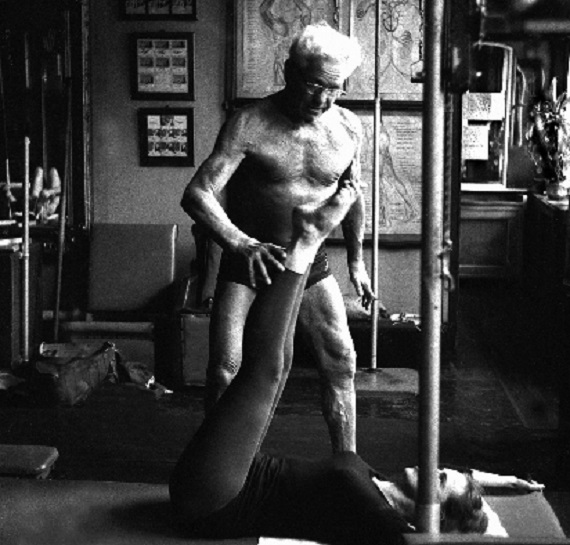
Traditional Gym Crunches versus Pilates Abdominal Exercises
Ever wondered if those traditional crunches we have seen at the gym really work the abdominal muscles as well as Pilates ab exercises? I know that I feel it more in my abs but sometimes it takes some convincing gym junkies that the smaller movement is more effective. Research has confirmed what we Pilates converts already knew. An article entitled Electromyographic activity of rectus abdominis muscles during dynamic Pilates abdominal exercises by GB Silva and others appeared in the Journal of Bodywork and Movement Therapy in 2015. In this study, they assessed the electrical behaviour of the upper rectus abdominis and lower rectus abdominis by electromyography during the following dynamic Pilates abdominal exercises: roll up, double leg stretch, coordination, crisscross and foot work. The results were compared with electromyography findings of traditional abdominal exercises (sit up and crunch).
METHODS:
Seventeen female subjects (with no experience of the Pilates method) were recruited. The upper rectus abdominis and lower rectus abdominis were evaluated while 12 isotonic contractions were performed using the Pilates principles or traditional abdominal exercises.
RESULTS:
Pilates exercises double leg stretch, coordination, crisscross and foot work promoted greater muscle activation than traditional exercises, mainly in upper rectus abdominis.
To read the full article: https://www.bodyworkmovementtherapies.com/article/S1360-8592(14)00196-X/fulltext
And have you ever wondered if the abs work more effectively depending on whether the exercises are performed on the mat or on the Pilates apparatus? According to a study by DD Werba et al in 2017, entitled Electrical Activity of Powerhouse Muscles During the Teaser Exercise of Pilates Using Different Types of Apparatus, they found the following results using electromyography:
- The External Obliques worked hardest on the reformer.
- The following muscles – Multifidus, Adductor Longus, and Gluteus Medius – worked equally hard on the reformer & the mat but muscles showed less activity when using the wall unit to perform teaser.
Link to abstract: https://www.ncbi.nlm.nih.gov/pubmed/28361652
Full Members: JBMT Subscription
Have you signed up for your free subscription to the Journal of Bodywork and Movement Therapy yet?
Full members with an active PAA membership have a subscription to the JBMT included with membership (lists are updated quarterly).
Follow this link for instructions on how to access your complimentary subscription to the Journal: JBMT registration instructions

Comments are closed.